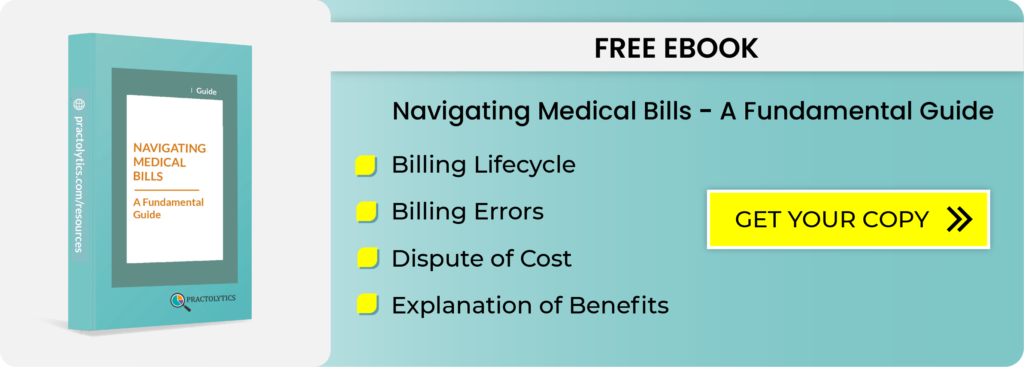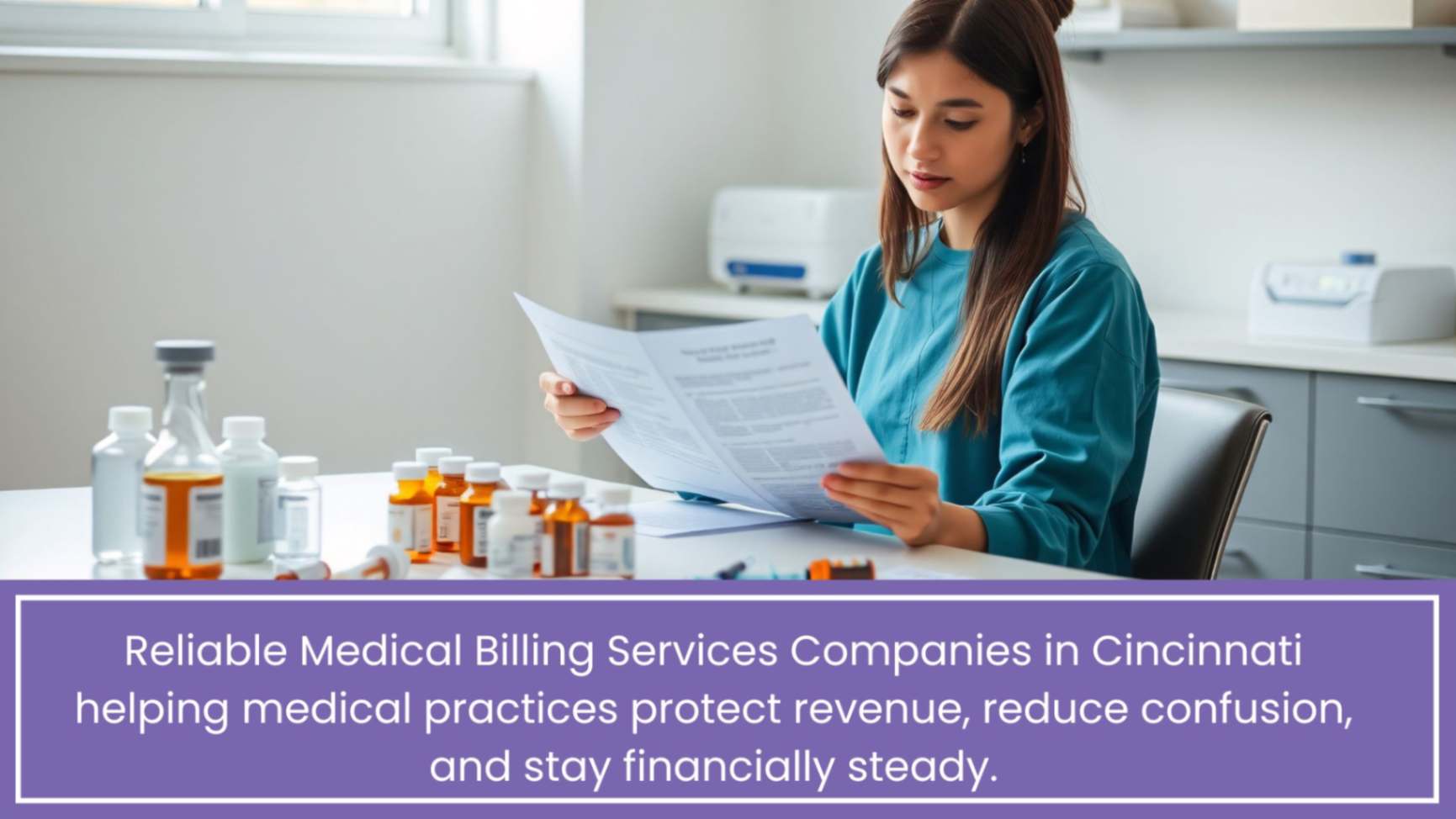How to Audit Medical Billing and Reduce Claim Denials
How to Audit Medical Billing and Reduce Claim Denials is crucial in today’s fast-paced medical world. When billing and coding tasks are handled manually, errors and delays are common, leading to denials and revenue loss. Smarter technologies like AI and machine learning simplify the auditing process, ensuring accuracy, faster payments, and fewer claim rejections. This article explores how solutions such as Practolytics streamline billing audits, reduce denial rates, and keep financial operations organized. With proven success stories and expert insights, it highlights how these tools are transforming practices. By minimizing paperwork and rework, healthcare providers can spend more time focusing on patient care.
Table of Contents
How to Conduct a Medical Billing Audit: Reduce Denials & Boost Revenue
In the healthcare industry, medical billing links patient care to financial stability. Billing errors jeopardize stability. A medical billing audit examines each of these procedures in detail. It safeguards revenue and guarantees accuracy. The success of your business depends on this review. It maintains operations’ integrity and profitability. For long-term viability, every step counts. Accurate billing fosters sustainability and trust. Audits are essential financial protections. They transform intricacy into observable outcomes.
Understanding Medical Billing Audits
A medical billing audit checks a provider’s billing to ensure accuracy, legal adherence, and full payment collection. Think of it as tuning an engine for top performance and profit. Regular audits spot mistakes and build financial health.
Why Medical Billing Audits Matter
Prevent Revenue Loss: Identify billing and medical coding errors before they result in claims being rejected or receiving less money. These errors are discovered early by routine checks.
Remain Compliant: Regulations keep changing, and proper billing satisfies payer needs and existing laws.
Increase Efficiency: Spot the sluggish areas in the billing workflow. Repair them to improve performance and save money.
Steps for a Medical Billing Audit
Set Clear Goals
State the audit’s purpose. Are you checking a team, doctor, or time period? Clear goals focus your work and make sure nothing gets missed.
Gather the Required Documents
Gather all pertinent documentation:
- Health records
- Bills and invoices
- Coding guidelines (ICD-10, CPT, HCPCS)
- Contracts for insurance
- Previous audit findings
Select a Reputable Sample
Choose claims that display your entire service offering. For a whole picture, include various specialists, treatments, and insurance.
Examine the medical records.
Verify that billed services are supported by patient records. Pay close attention to: – Correct and comprehensive patient information – Unambiguous evidence that care was required – Correlating billing codes with records.
Confirm Code Accuracy
Match billing codes to services provided. Verify:
- Accurate CPT, HCPCS, and ICD-10 codes
- Proper modifier usage
- Fair pricing for services
Follow payer guidelines
Ensure claims meet insurer requirements:
- Prior authorization steps
- Correct claim formats
- Timely submissions
Review Claim Outcomes
The study denied claims to find common problems like:
- Missing/incorrect information
- Unneeded services
- Coding errors
Addressing these reduces future denials.
Check Payment Posting
Ensure payments land accurately in accounts. Confirm:
- Correct application to invoices
- On-time recording
- Alignment with bank deposits
Implement Fixes
Based on audit findings, develop and deploy solutions such as:
- Training team members on coding practices
- Enhancing medical billing process
- Strengthening payer communications
Monitor Results
Measure solution effectiveness regularly. Address remaining gaps to sustain improvements.
Common Pitfalls in Medical Billing
Insufficient documentation: Without accurate patient records, claims are rejected. Keep a clear list of your tasks.
Coding Mistakes: Wrong codes cause payment delays or rule issues. Always use updated codes correctly.
Untrained Staff: When teams don’t know how to bill, they make mistakes. Practice frequently.
Ineffective Procedures: Manual billing causes errors and slows down work. Streamline processes to improve outcomes.
Leveraging Technology to Enhance Audits
Using technology streamlines audits and enhances outcomes. Here’s how:
Automated Coding Tools: By collaborating with RCM firms such as Practolytics, errors are reduced by precise coding and a decrease in manual labor.
Audit Software: Use tools that handle data gathering, processing, and reports automatically. This cuts costs and saves time.
Electronic Health Records: AdvancedMD EHR systems give patients fast access. This helps with evaluations and meeting rules.
Best Practices for Ongoing Billing Compliance
Frequent audits: Assess and look into procedures to find and fix issues as quickly as possible.
Ongoing Training: To keep teams informed of payer updates and rules and to keep skills current.
Clear Communication: Communicate directly with payers to prevent delays in problem resolution.
Documentation Rules: Provide fundamental standards to guarantee the accuracy and consistency of all records.
Conclusion
Regular medical checks help your business run better. They ensure money comes in smoothly, keep things stable, and meet rules. By looking at billing closely, spotting issues, and fixing them, you cut claim rejections, boost earnings, and work smarter.
Tools like Practolytics provide automated solutions to help with precise coding and effective audits for practices looking to optimize their billing procedures. Go to Practolytics.com and get a free demo now to find out more about how Practolytics can help your practice.
ALSO READ – Simplifying Revenue Management: How Medical Billing Services Empower Small Practices
Talk to Medical Billing Expert Today — Get a Free Demo Now!






